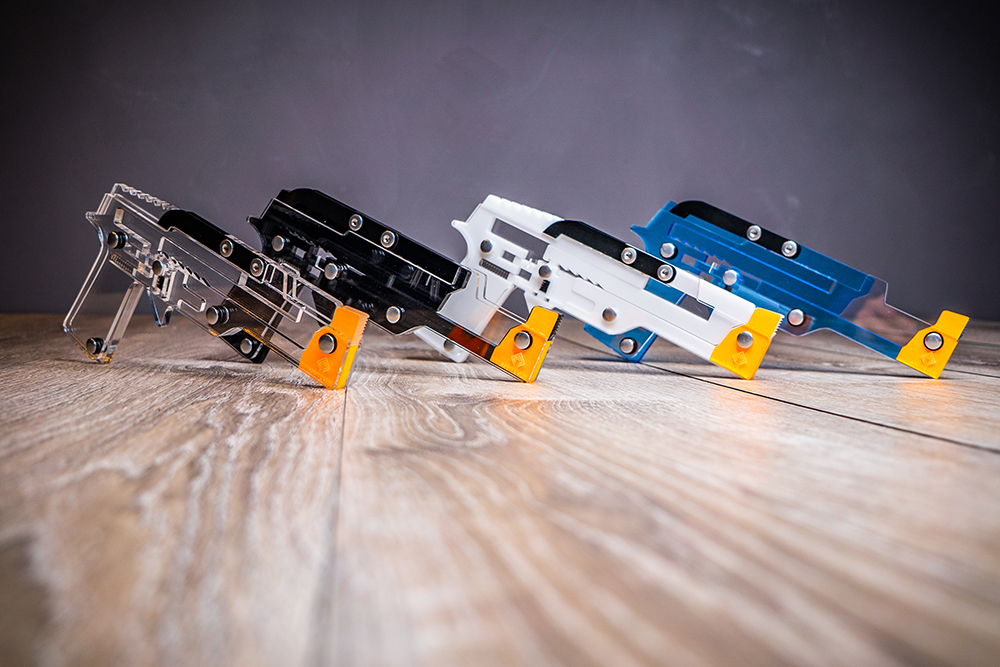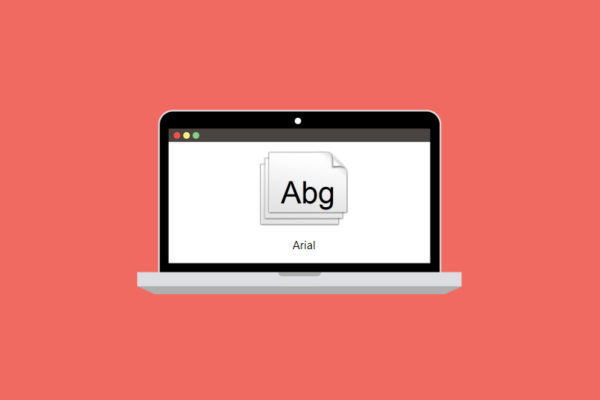Apptivus LLC Fires Up Its Rubber Band Gun On Kickstarter
Three years ago, Apptivus LLC ran a successful Kickstarter campaign for a product designed and built with laser cut materials. Almost 1,000 units of a desktop trebuchet, the Pennypult, were sold. After the campaign concluded, the Apptivus folks told us they were “surprised and relieved” at how smoothly the production and fulfillment went. One of the major keys to their success? “Partnering with Ponoko.” (Awww! Thanks guys!)
Those crazy kids are back at it again with another office toy designed using parts from Ponoko. The Bandito is a modern take on a classic toy: The rubber band gun. Using laser cut acrylic parts, they’ve designed a fun, durable and aesthetically pleasing toy that’s fun to use. It’s available on Kickstarter from October 8 – November 6, 2018.
Through many rounds of design and refinement, the Apptivus designers have developed an effective method for prototyping with Ponoko, and they reached out with some tips they’d like to share with all of you makers out there. So without further ado, take it away guys!
Optimizing For Reduced Costs
Early on, we learned that cardboard is a fantastic material for prototyping. It’s inexpensive, easy to work with and durable enough for mechanical devices like the Bandito. If you are starting a new design, consider making your first few cuts on cardboard to save some money.
Once the Bandito design was refined, we started taking steps to lower the per-unit cost. The two most effective strategies we’ve found are outlined below.
Fitting More Designs On A Single Sheet
We ended up making some adjustments to the design so we could fit more units into a single P3 sheet. A few cosmetic changes allowed us to squeeze an additional two units into a single sheet. This lowered the material costs significantly. A few minutes fiddling with the design layout to nest the parts can have a major impact on price.

Sharing Edges To Reduce Total Length Of Cutting
There are strategies to reduce cut times as well. We found that “sharing” cuts can also make a large price difference. Take a look at the illustration below where four individual 1” x 1” squares are being cut. The laser is going to have to travel a minimum of 16” to cut these squares. Looking at the right, you can see that a large 2” x 2” square with a horizontal and vertical cut also produces four 1” x 1” squares.

While the result (cutting four squares) is the same in both examples, the difference is that the design on the right only requires the laser to travel 12” to make the cuts. That is a savings of approximately 33%! While this is an over-simplified example, we were able to find shared edges with the Bandito to reduce the total cut time.
Working With Acrylic
Instead of using wood like most rubber band guns, we opted to use acrylic, which gives the Bandito a distinctive look and makes it possible to offer the product in many colors. Additionally, the internal ratchet mechanism seems to work best with plastic pieces.

After making several prototypes, we learned to avoid corners. Using rounded shapes reduces the likelihood of chipping and sharp edges. We didn’t want anything to make the Bandito uncomfortable to handle.
We also learned to wear latex gloves during assembly to avoid leaving pesky fingerprints. We found acrylic to be durable, aesthetically pleasing and a great material to work with overall.
Ponoko vs. Makerspace Printing
During the development phase, we attempted to do some DIY laser cutting at a local makerspace. Our results were mixed at best. We quickly learned that “printing it yourself” was not as easy as it sounds. The machines we had access to were poorly maintained.
As a result, the quality of the cuts were extremely inconsistent. We often had to print the same design several times to get a working prototype (and wasted a lot of material in the process). This kind of DIY laser cutting turned out to be tedious and time consuming. It was clear that producing units ourselves was not an option.
So it wasn’t long before we went back to having Ponoko handle our cutting. Outsourcing the production lets us focus on what’s most important: Designing the best thing possible.
If you’d like to get a Bandito of your own, don’t miss out on the Kickstarter campaign. Make your pledges by November 6, 2018 by clicking here. And much appreciation to the folks at Apptivus for sharing what they’ve learned to elevate other makers in the community. We love working with you guys and are honored to partner with you again on this latest endeavor!



